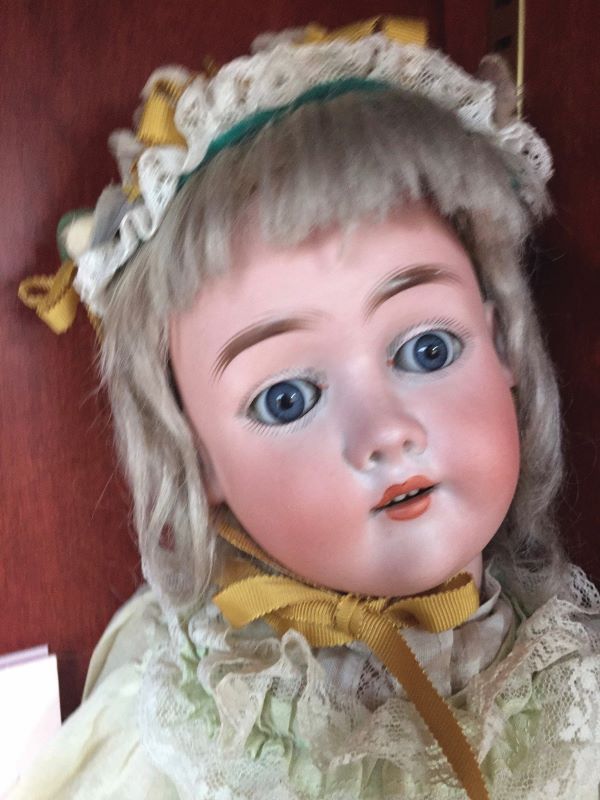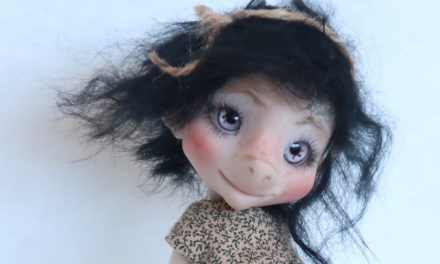
By Jan Foulke
Q: I have recently started to collect German antique bisque dolls. I have several marked Heinrich Handwerck. Now I have found one marked Max Handwerck. Did this company change its name or are these two different companies?
The rest of this article can be seen only by paid members who are logged in.Have a website login already? Log in and start reading now.
Never created a website login before? Find your Customer Number (it’s on your mailing label) and register here.
JOIN HERE
Still have questions? Contact us here.








